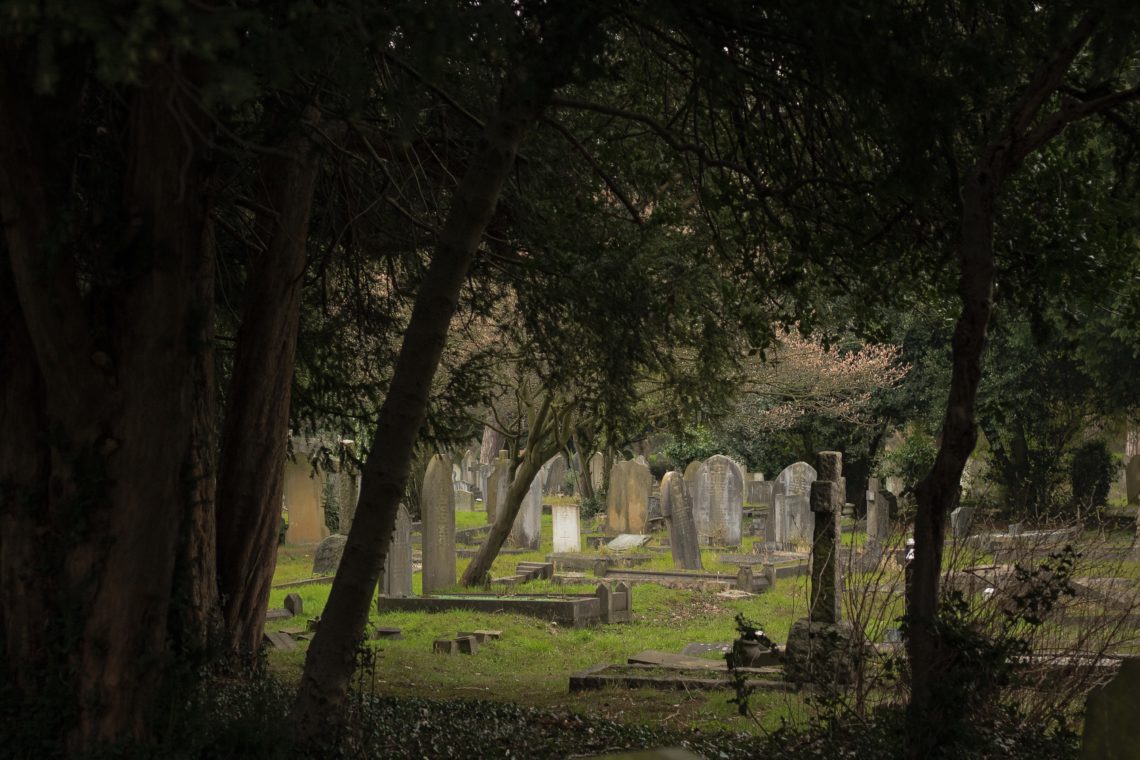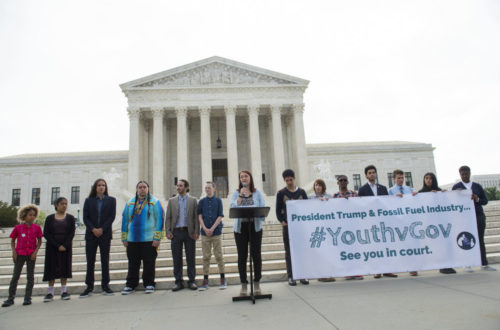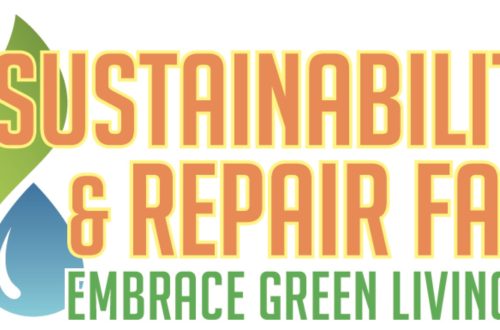Buried Stories
No two cemeteries are alike. Nobody is buried in more than one place and, consequently, every cemetery is unique, with its own grouping of the once-living unlike any other on the planet. Each of those bodies has a story and, when gathered and shared, they make up the history of a community, creating the sense of place so vital to the experience of belonging because you know more about where you are.
Curiosity is often piqued by how those bodies got buried in the first place – how they died – something rarely specified on the headstone and rarely even hinted at, a mystery inspired by graves as one walks by, reading and imagining an earlier time. Five little headstones all in a row with the same surname, short lives and close death years imply a disease that took a family’s children; a couple with the same death date suggests an accident or a murder. Headlines at the time, now buried at the library.
More interesting than most modes of death are the stories many of those bodies lived before they got there. Every community has a history. It has founders, the people who did the “ firsts” of a thing (or the often-unsung folk who did the “seconds” and “thirds”, ensuring the “ firsts” continued long enough to be remembered). Someone built the first streets, created the first park, and started the first school. Somebody pushed for the first bus and set up the first bicycle shop – back when those were just being invented! There are as many firsts in a community as there are things to have started, and many of those firsters – especially before the mid-twentieth century, when we often died where we’d lived – are buried in the community’s back-yard, waiting for someone to wonder intently enough to learn more.
Writ in Stone – The Headwaters of Community History
Those stories are now dispersed throughout the person’s former world, in personal records like memories, diaries, letters, awards, photos (and now YouTube and Facebook!); in news media and biographies; and they fill the shelves, drawers, closets and walls of basements, attics, museums and institutional halls. Fortunately, most of those stories have a tangible starting point: a marker in a cemetery – made of granite, marble or local quarried rock – with at least a name and some dates “writ in stone”, and that’s a great place to begin.
When I do my cemetery-as-classroom talks to students, I remind educators how useful a cemetery is for conveying community history. It’s easy to point students at the headstones and tell them to “ find the biggest ones.” Once that’s done, they’ll have a list of founding community members, with headstone names that correspond to streets, parks, schools and more, linking up their daily experiences with those in the past who made their present what it is. It’s a short leap to the history museum, interviewing local newspaper editors, and elders in fraternal groups and public organizations like the genealogical society, American Legion, Oddfellows, and others with a century or more under their belts who are eager to share early stories about those who shaped the cities they serve.
Billion Graves and Story Corps – Crowdsourcing History
When you add all the people who’ve died in a place to the number of people who live there, the population grows rapidly and begs the question: how do you figure out who to look for, and how do you decide what stories to spend time on? Maybe you choose familiar names; maybe you pick the most interest- ing markers – the tiniest; the oldest, the most artful; the most mouldering. Maybe you start with your favorite organization, hobby, or social passion. You can pick the most obvious starting point for many – your own family – and be overwhelmed (and excited by) the tools that help you pursue any of those lines of exploration. But whatever you choose, the next challenge is the biggest one – where do you easily store and share that precious information?
Two of my favorite tools are Billion Graves (www.billiongraves.com), a site-and-app that accepts photos of headstones from registered cemeteries and puts them into editable online records that volunteer members later transcribe into searchable text. Another program made well-known in the prior decade by NPR is Story Corps (www.storycorps.org). They often do history collecting events, and Portland has a chapter. Once a school or classroom takes on a cemetery’s history program, the students – and even the teachers! – may have a hard time stopping. If so, consider joining in on these crowd- sourcing history projects, and then add the power of neighbors, local genealogists and historians to the task. Are you inspired to learn from the history stored just around the corner? If so, pick a cemetery and find out if they have an actor’s troupe, like Lone Fir Cemetery, and get involved with finding more stories for them to tell. If not, the Drama department may have a new project, and you may be writing the script.
Cynthia Beal is the founder of the Natural Burial Company, the impulse behind the Sustainable Cemetery Studies Lab at Oregon State University, and the owner of two Lane County historical cemeteries in Eugene and Junction City, Oregon. (cynthia@ naturalburialcompany.com) You can download a free Natural Funeral Planner at www.naturalburialcompany.com, locate natural service providers at www.naturalendmap.com, and follow the Natural Burial Company on Facebook: https://www.facebook.com/ natural.burial.company/






